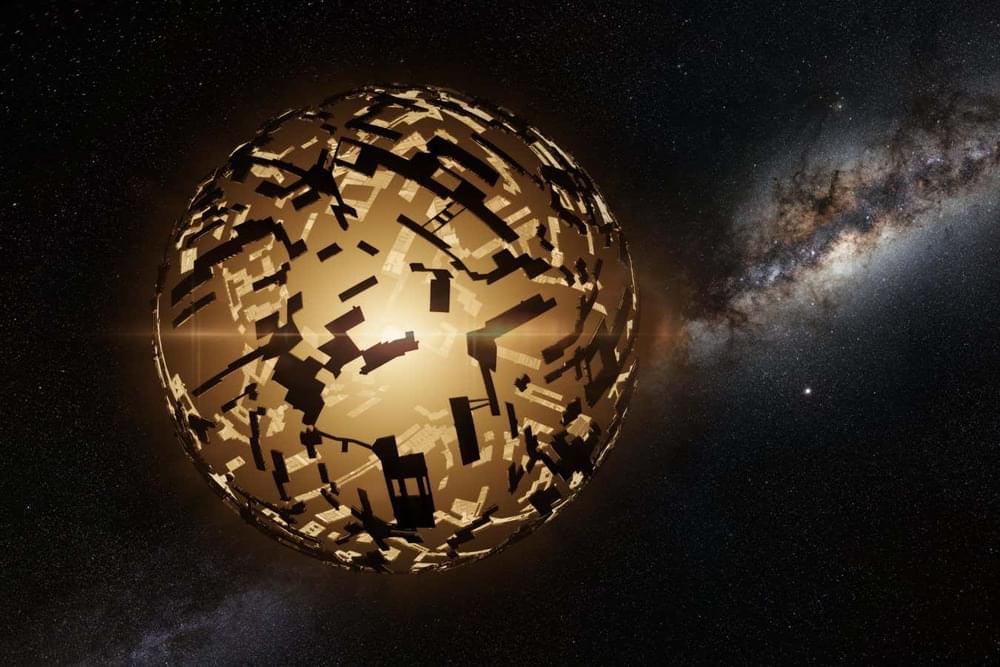I don’t subscribe but if you do, you’ll get more but the short summary kinda gives a general idea. Astronomers spotted 60 stars with potential Dyson sphered around them but it isn’t 100% verifiable. It could be a simpler explanation they say.
Sufficiently advanced aliens would be able to capture vast quantities of energy from their star using a massive structure called a Dyson sphere. Such a device would give off an infrared heat signature — and astronomers have just spotted 60 stars that seem to match.







